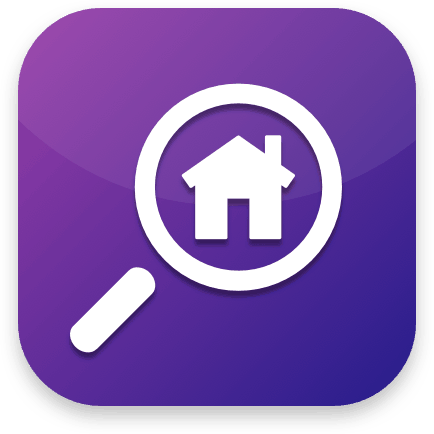What’s New In Bing Ads

Upgraded URLs, Close Variants, Negative Keyword Changes and More
Bing ads should be a component of your paid search strategy for numerous reasons – including its ever-increasing market share. The search engine recently hit 20% share of the US desktop search market; when it comes to explicit searches that people manually perform on web pages, Microsoft’s engine accounted for over 3 billion searches last month (Google accounted for 11 billion and Yahoo just over 2 billion). Though perhaps not as ubiquitous as Google search (sitting at 64% share), Bing search still clearly has users and – for our purposes – your potential customers.
So, what’s important to know about Bing Ads right now?
Upgraded URLs
Upgraded URLs offer a more efficient way to track paid campaigns. In response to Google’s upgraded URL rollout, Bing ads will also be rolling them out to ensure a smooth transition, should you choose to utilize both, from Adwords to Bing. Early May will see this roll out in full.
When you import your Adwords campaign into Bing, the search engine will in turn use existing tracking templates to create a Bing Ads specific destination URL (custom parameters will not be imported). Here’s a good chart for reference, via Bing Ads:
Close Variants and Negative Keywords
Google removed advertisers’ ability to match only exact keywords last summer, and now it looks like Bing is following suit. Next month, in addition to upgraded URLs, Bing will be adding close variantsto all campaigns. This means that, starting on May 21st, ads will show for related terms to the keyword it was placed for. We like this example: an ad for “Travel agent” might end up running for the word “Travel agencies.” In initial response, Bing is reporting a slight increase in click volume, with roughly the same ROI.
Adding more negative keywords could mitigate the effect. Speaking of negative keywords, another change is coming. From late May on, keywords will trump negative keywords; so if you have a term in your negative keyword list that is also in your keyword list, your ad will run. Bing provides a very helpful chart to explain (see the highlighted sections):
Device Targeting and Mobile Apps
Other important news: Bing now allows advertisers to target smartphones, adding to existing tablet and desktop abilities. Since March, Bing automatically adds smartphones to tablet and PC targeted ads.
Another big move is the ability for advertisers to do their work on the go. Bing has released a mobile app for iOS users to access their campaigns from anywhere. The search engine is still working on its Android app; likewise, Google released a similar app on Android recently and is still working on its iOS app.
What other news in Bing Ads has caught your eye? Tell us on Facebook!
Recent Posts
You’ve heard it here, you’ve heard it there, you’ve heard it from any SEO agency:…
Every month, our SEO team looks back on the previous months to determine wins, losses,…















